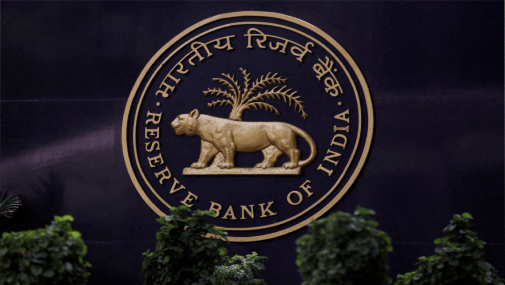The Risks of Replacing LIBOR
October 4, 2018 | Expert Insights

Ending the global borrowing index poses a potential threat to financial stability.
Background
LIBOR, or the London Interbank Offered Rate, has been called the most important number in the world. It is derived from a daily survey of about 20 large banks that estimate how much it would cost to borrow from each other without putting up collateral. LIBOR is also the primary benchmark for short-term interest rates around the world.
In 2012, traders toyed with this number that determines the prices that people and corporations around the world pay for loans or receive for their savings. Then, LIBOR was used as a benchmark to set payments on about $800 trillion worth of financial instruments, ranging from complex interest-rate derivatives to simple mortgages (today, it underpins $260trn of loans and derivatives.) Barclays, a 300-year-old British bank, was revealed to have attempted to rig the lending rate.
Later investigations by the Financial Services Authority (FSA) revealed that traders started trying to rig LIBOR in 2005, two years before the financial crisis officially began after Northern Rock went under, triggering a run on banks. In July 2017, the UK’s financial regulatory body announced it will phase out the London Interbank Offered Rate (LIBOR) by 2021, putting an end to the governing global borrowing index.
Analysis
There are many good reasons for doing away with LIBOR as a reference rate. For one, it is based on a panel of banks estimates of their own borrowing costs; 2012 showed how easy it was to tamper with those numbers. The scandal also made other banks weary of being involved. Importantly, after the financial crisis, the interbank market has diminished, as new regulations incentivised banks to use other forms of borrowing, which means there are fewer transactions to base this rate on. There are now fewer banks making unsecured loans, making LIBOR more theoretical than real.
Once it was announced that LIBOR was being shelved, several other reference rates came jostling forward to replace it. The federal reserve’s Alternative Reference Rates Committee decided last June that the SOFR (Secured Overnight Financing Rate) would be the replacement for the dollar LIBOR. While the end of LIBOR was welcomed by many, it poses several risks. The two primary perils that loom is market instability, and the chance that banks assets and liabilities could become disconnected.
In June, the Bank of England drew attention to that fact that in the previous 12 months the stock of LIBOR-linked sterling derivatives stretching beyond 2021 had grown. This illustrates the risk of market instability as trillions of dollars worth of financial contracts that are based on LIBOR are forced, after its discontinuation, to anchor themselves to a new benchmark rate. This could have many results, not the least of which would be a sudden jump to higher interest rates for borrowers.
This risk could be offset by contracts including “fallback” clauses which specify what happens when LIBOR disappears. Regulators are applying pressure for these to be included, but efforts to amend existing contracts before 2021 could result in more lawsuits. The other risk is that in the post-LIBOR world, new reference rates may cause banks’ assets and liabilities to become disconnected. Problematic though it may be, LIBOR offers banks a hedge against sudden moves in their own borrowing costs. The interest rates they charge and the interest rates they pay, whether for one day or one year, are linked by LIBOR. Other reference rates will find it hard to move in sync. They refer to the cost of borrowing overnight, rather than a range of maturities. The rate being promoted by the Federal Reserve is for borrowing secured against American government securities.
In a crisis, it would not be far-fetched to imagine the demand for such high-quality collateral going up even as a willingness to lend to banks goes down. That would mean banks’ income from loans would fall just as their own borrowing costs rose.
Assessment
Our assessment is that while replacing LIBOR is a judicious move, regulators would be well advised to make themselves aware of all the possible risks and to shore up defences, should any of the threats to financial stability materialise. We believe that a slow, gradual shift is in the best interests of all stakeholders.








Submitted by Dheep Anand (not verified) on Fri, 10/05/2018 - 22:20
Very well written, extremely
Very well written, extremely informative.
Submitted by synergia on Sat, 09/07/2019 - 12:54
Thank you
Thank you